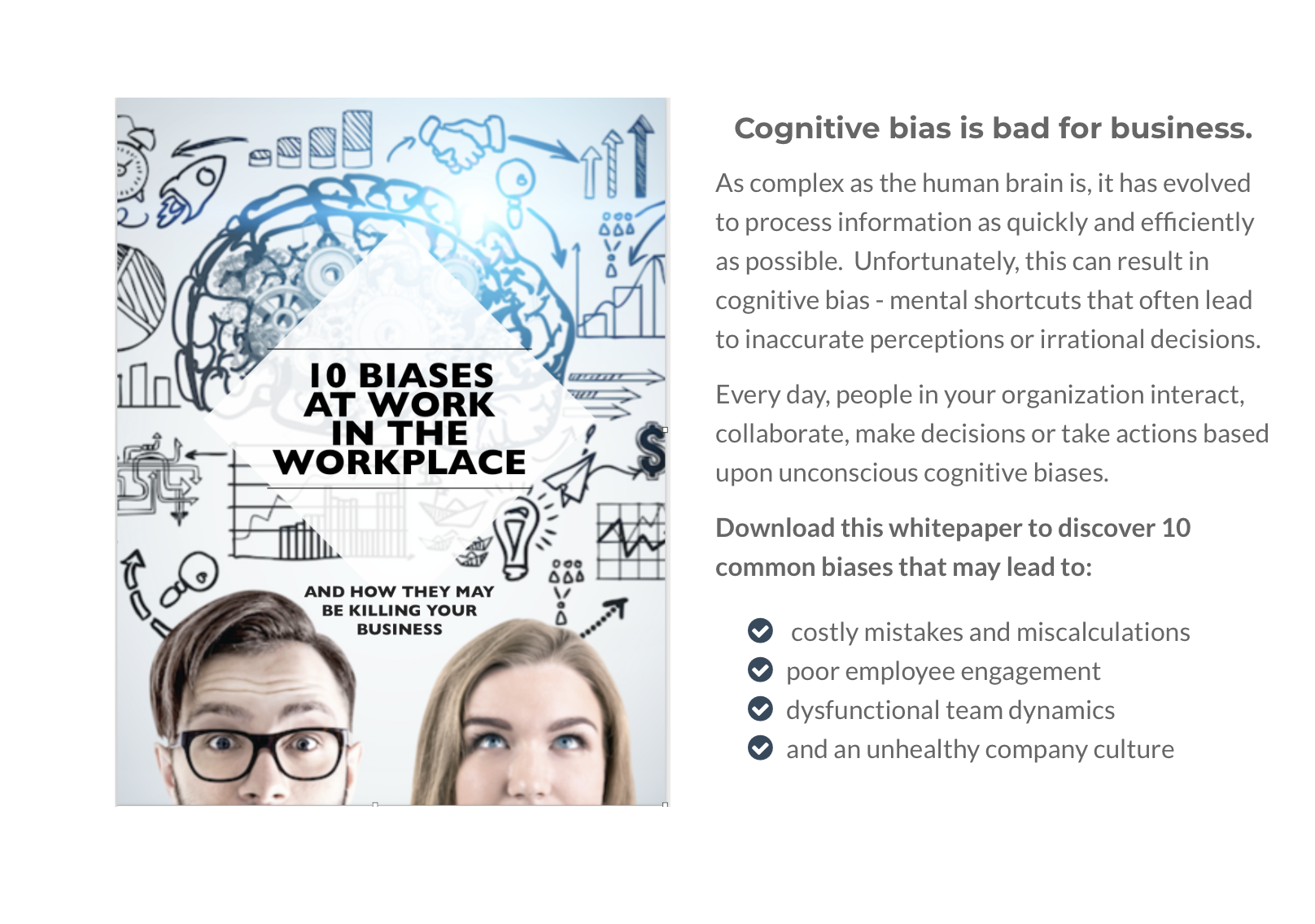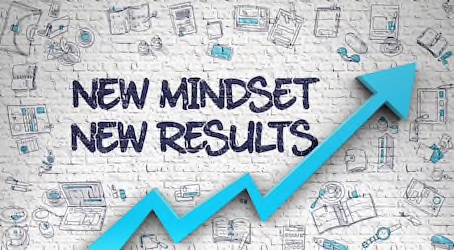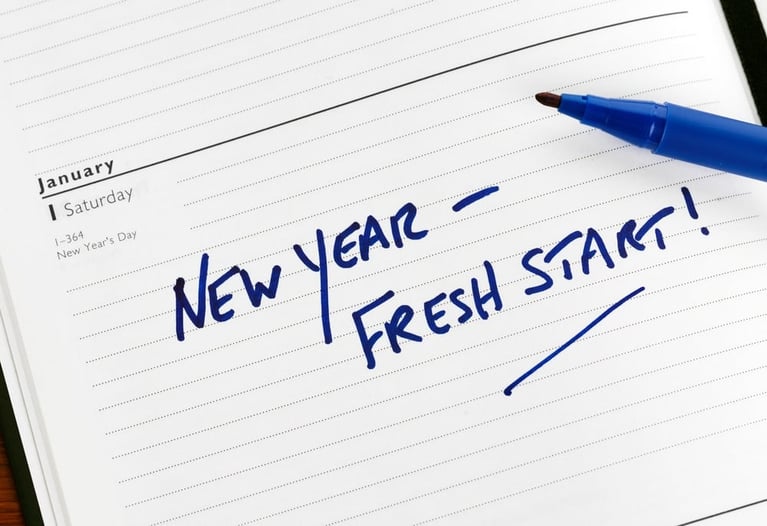Imagine you were seriously ill, and your doctor told you there were two medications available: One that is 90% effective or one with a 10% chance of failure. Which would you choose?
A condom company markets condoms as either 95% effective or 5% chance of failure. Which one gives you more confidence? Would you prefer ground beef that is 20% fat or 80% lean? If you are watching your weight, would you opt for ice cream that is 90% fat free or 10% fat?

Studies show that we don’t always make decisions based upon the information we are given, but rather how the information is presented. In each of the examples above, most people would choose the option that is presented in positive terms. Even though intellectually, the choices are identical, there is an emotional difference in the way we perceive them.
Consider a different scenario. Do you think you’d be more likely to register for an event before the deadline if you were threatened with a $50 late payment penalty or rewarded with a $50 discount for early registration? Would it surprise you to know that more than 90% of us would register early to avoid a penalty rather than to receive a reward?
Scientists estimate that we make north of 30,000 decisions every day. Processing all of that information and making decisions nonstop takes mental energy. In order to keep up, the brain has to take mental shortcuts. One of those shortcuts causes us to make decisions based upon how the information is presented. It’s called the framing effect and it’s one of the most powerful unconscious biases at work in our daily lives.
Think about the meaning of the word framing. A frame encloses a picture so as to focus your attention on what is within the border. Different frames give the image a different look and feel and evokes different emotions. A red frame brings out the red hues and may evoke passion or intensity while a blue frame makes the same painting seem more solemn or authoritative. Test this concept with the three images below. Each image looks a bit different than but they are exactly the same - just framed differently.

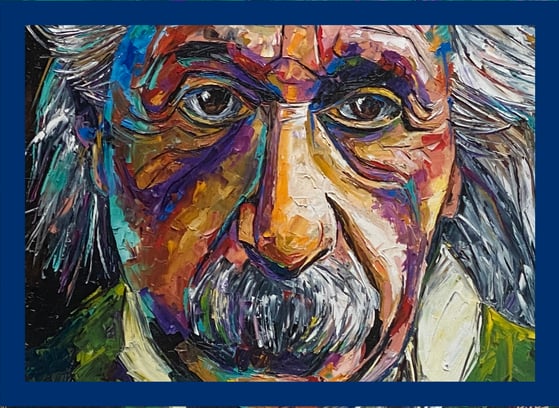
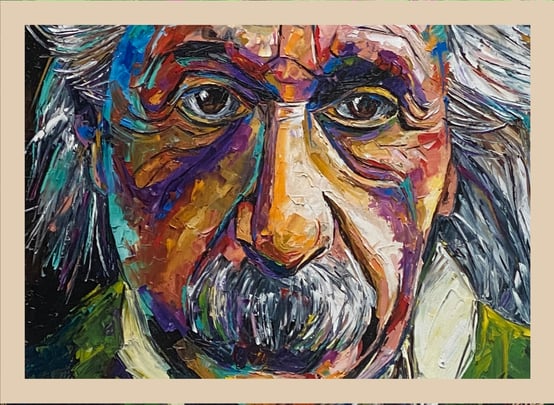
Metaphorically, framing gives the information you’re sharing a
different look and feel and influences how others receive it.
There is a wealth of research demonstrating how perception is significantly influenced by the way information is framed.The first groundbreaking study on framing was conducted by Nobel Prize Winner Daniel Kahneman and his colleague Amos Tversky in the early 1980s. Their research challenged the assumption of rational thought and showed that we take a number of mental shortcuts to speed up our reasoning, which can make us remarkably sensitive to how things are framed… and remarkable irrational.
Kahneman and Tversky presented two fictious scenarios based on 600 people contracting a fatal disease and two alternative programs.
Dilemma 1:
Program A – 200 people will be saved.
Program B – There is a 1/3 probability that 600 people will be saved and a 2/3 probability that no people will be saved.
Dilemma 2:
Program C – 400 people will die.
Program D – There is a 1/3 probability that nobody will die and a 2/3 probability that 600 people will die.
If you were like most people – no matter how high your IQ – you were more likely to choose program A in Dilemma 1 and program D in Dilemma 2.
72% of participants chose program A in Dilemma 1.
78% of participants chose program D in Dilemma 2.
The lives saved and the lives lost are identical; The only difference is in the way in which the information is framed.
Prospect Theory
Daniel Kahneman and Amos Tversky explained the concept of framing using what they called “prospect theory.” Prospect theory suggests that a loss is perceived as more significant than a gain, and therefore more worthy of avoiding than pursuing an equivalent gain. We want to avoid sure losses, and we tend to look for options with certain gain.
Consider another example. Which option is more appealing?
- Accept a gamble with a 10% chance to win $95 and a 90% chance to lose $5
- Pay $5 to buy a lottery ticket with a 10% chance to win $100 and a 90% chance to win nothing
The outcome is the same in each option. Both offer an uncertain prospect of gaining $95 or losing $5. Overwhelmingly, option 2 is much more appealing to people. A bad outcome is more acceptable if it is framed as the cost of a losing lottery ticket rather than losing a gamble. Loss evokes stronger negative feelings than costs.
 The framing effect impacts our decisions by focusing on the way the information is presented instead of the information itself. When poor information or lesser options are be framed in a positive light, they may seem more attractive than options or information that are objectively better, but cast in a less positive light. In other words, focusing on how something is said – or framed – can result in overlooking what is being said, which is the objective data we need. This holds true in the smaller purchase decisions as consumers, as well as more significant decisions and opinions in our personal and professional lives.
The framing effect impacts our decisions by focusing on the way the information is presented instead of the information itself. When poor information or lesser options are be framed in a positive light, they may seem more attractive than options or information that are objectively better, but cast in a less positive light. In other words, focusing on how something is said – or framed – can result in overlooking what is being said, which is the objective data we need. This holds true in the smaller purchase decisions as consumers, as well as more significant decisions and opinions in our personal and professional lives.
One way to overcome the framing effect is to be cognizant that there is no such thing as a view from everywhere. Nor is there a view from nowhere. We all see things through our own individual lenses. Acknowledge that yours is only one point of view and then seek out different perspectives. Find people who think differently and ask them to share their opinions.
We cannot avoid or eliminate the framing effect, but we can be more aware of it and how it influences the way we share or receive information. More effective framing may allow us to better leverage our point of view. There are always multiple perspectives –biased by the environment, situation, and experiences. But the way the information is framed may be as important as the information.




